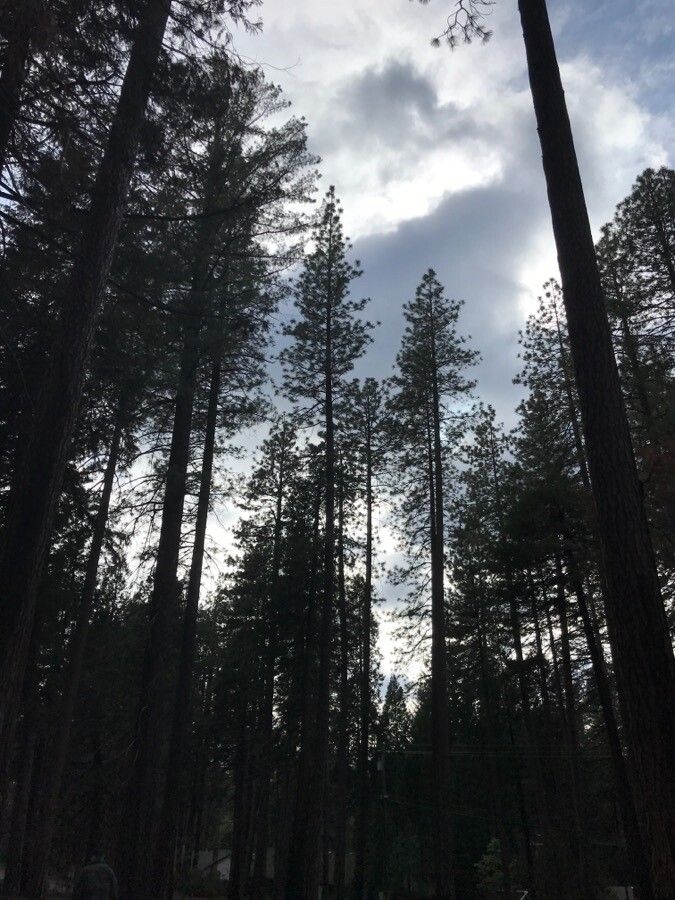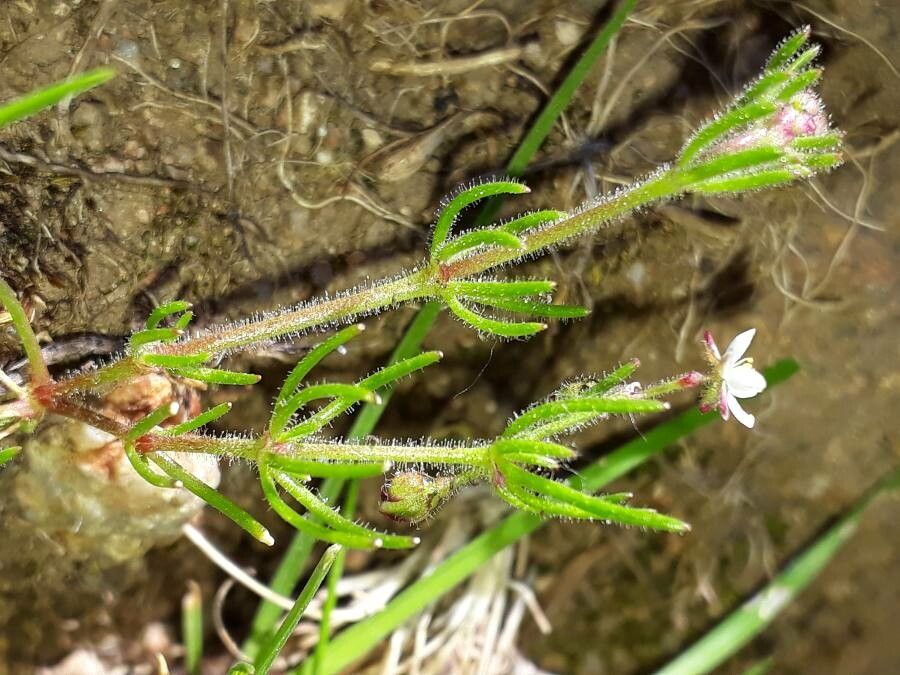# Cretan Bryony: A Comprehensive Guide to *Bryonia cretica*
Cretan bryony (*Bryonia cretica*) is a captivating climbing plant belonging to the Cucurbitaceae family, a group that also includes cucumbers, melons, and gourds. Native to the Mediterranean region, this intriguing species boasts a unique charm that makes it a fascinating subject for botanists and gardening enthusiasts alike. While visually striking, it's crucial to understand that all parts of the Cretan bryony are considered poisonous, so admiring from afar is advised.
### Habitat and Growth
This vigorous climber thrives in sunny to partially shaded locations, showcasing its preference for warmer climates. It's often found clinging to rocks, walls, and other vegetation in its natural habitat, showcasing its impressive climbing capabilities. The plant prefers well-drained soil and can tolerate periods of drought once established. Its growth is rapid, especially during the warmer months, allowing it to quickly cover considerable areas.
### Identification
Identifying Cretan bryony involves observing several key characteristics. The leaves are palmate, meaning they resemble a hand with several lobes, typically five. These leaves are deeply lobed and have a slightly hairy texture. The flowers are small and yellowish-green, appearing in clusters. Perhaps the most distinctive feature is the fruit: small, round berries that start green and ripen to a vibrant red or orange color. This intense red color serves as a potent warning of its toxicity. Remember, never consume any part of this plant.
### Care and Cultivation
While Cretan bryony is not typically cultivated as a garden plant due to its toxicity and vigorous growth, it can be a valuable addition to wildlife gardens or naturalistic plantings where its beauty can be appreciated without risk of accidental ingestion. It requires well-drained soil and a sunny or partially shaded position. Regular watering is necessary, especially during dry periods, but avoid overwatering, which can lead to root rot.
### Toxicity and Precautions
It is absolutely crucial to reiterate that all parts of the Cretan bryony plant are considered toxic. Ingestion can cause serious gastrointestinal distress, and even more severe reactions. Handle the plant with care and keep it out of reach of children and pets. Skin contact can also cause irritation for some individuals. Always wear gloves when handling this plant.
### Conservation Status
While not currently considered endangered, the conservation status of Cretan bryony can vary depending on the specific location. Habitat loss due to urbanization and agricultural expansion poses a potential threat. Protecting its natural habitats is vital to ensuring its long-term survival.
### Distinguishing Cretan Bryony from Other Bryonies
Several species within the *Bryonia* genus share similarities. Careful observation is crucial for accurate identification. For example, *Bryonia dioica* (white bryony) is a closely related species, but exhibits distinct differences in its leaf shape and the color of its flowers and berries. It's essential to consult reliable botanical resources for accurate species identification.
### Conclusion
Cretan bryony is a striking example of the fascinating diversity within the plant kingdom. Understanding its unique characteristics, habitat preferences, and toxicity is essential for safe and responsible appreciation of this captivating Mediterranean climber.
Cretan Bryony: A Complete Guide

Frequently Asked Questions
How to identify Cretan bryony?
Look for palmate leaves with five lobes, small yellowish-green flowers, and round berries that mature to a vibrant red or orange. However, never handle or consume the plant due to its toxicity.
Is Cretan bryony poisonous?
Yes, all parts of the Cretan bryony plant are considered poisonous and should never be ingested. Skin contact may also cause irritation for some individuals.


